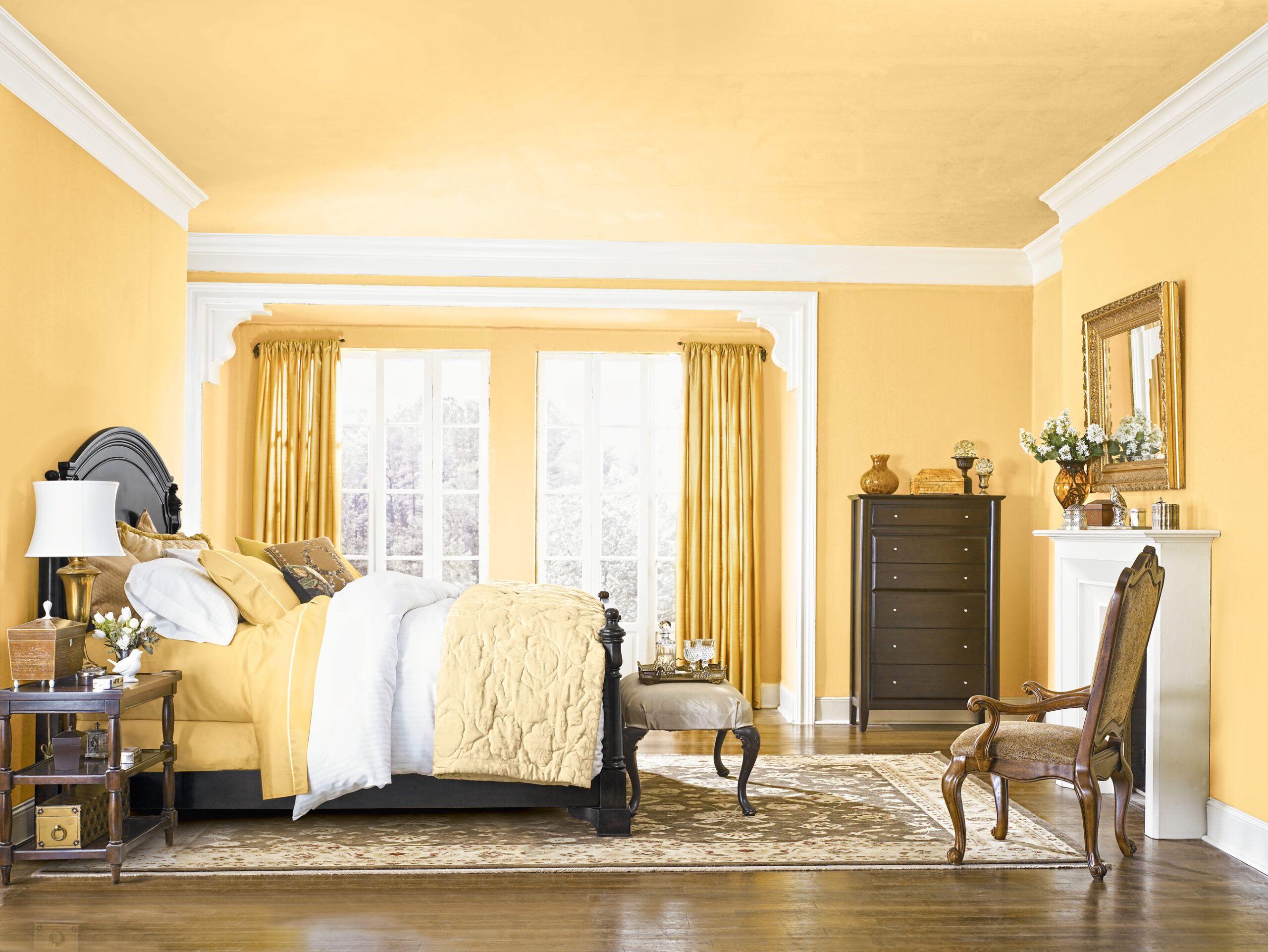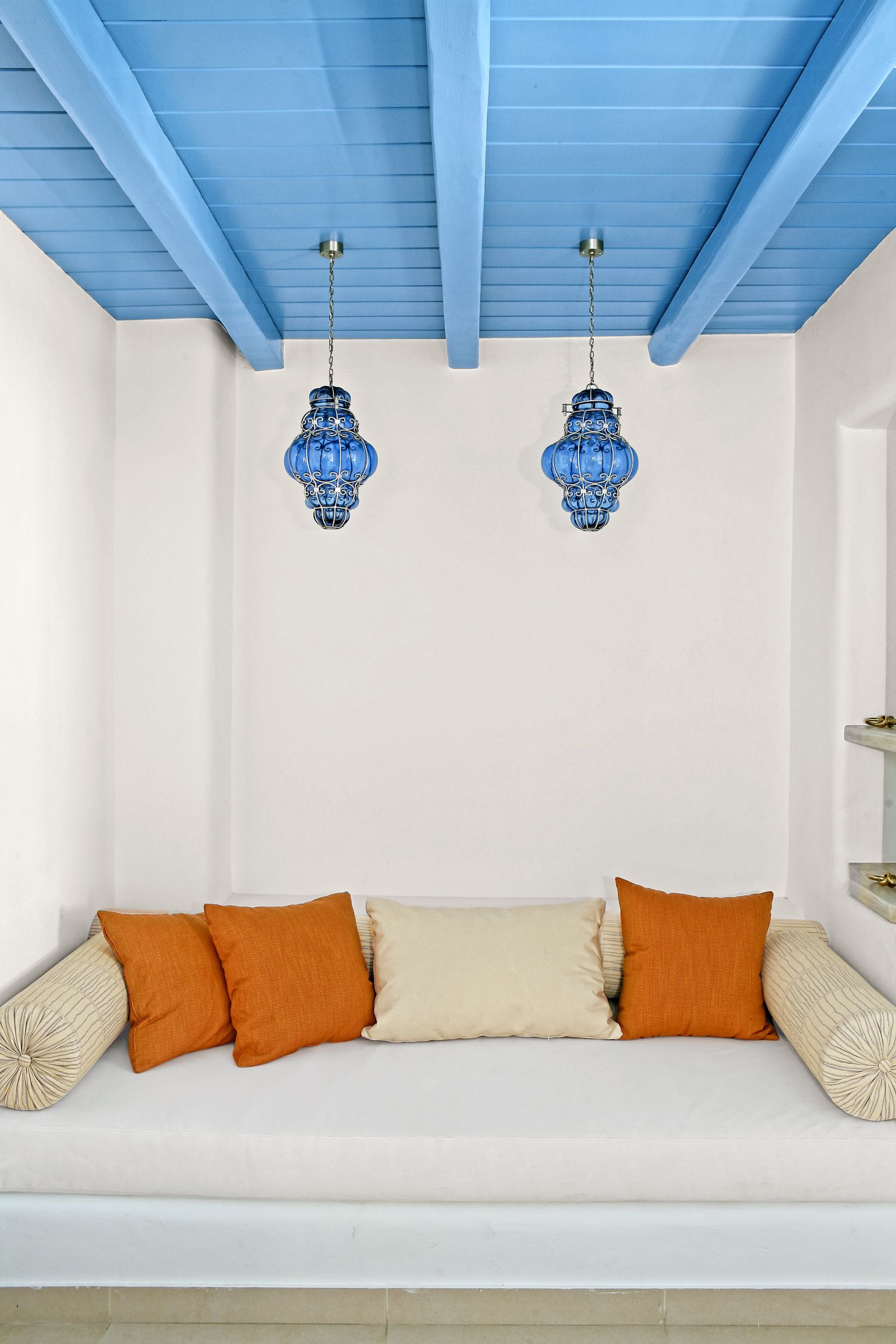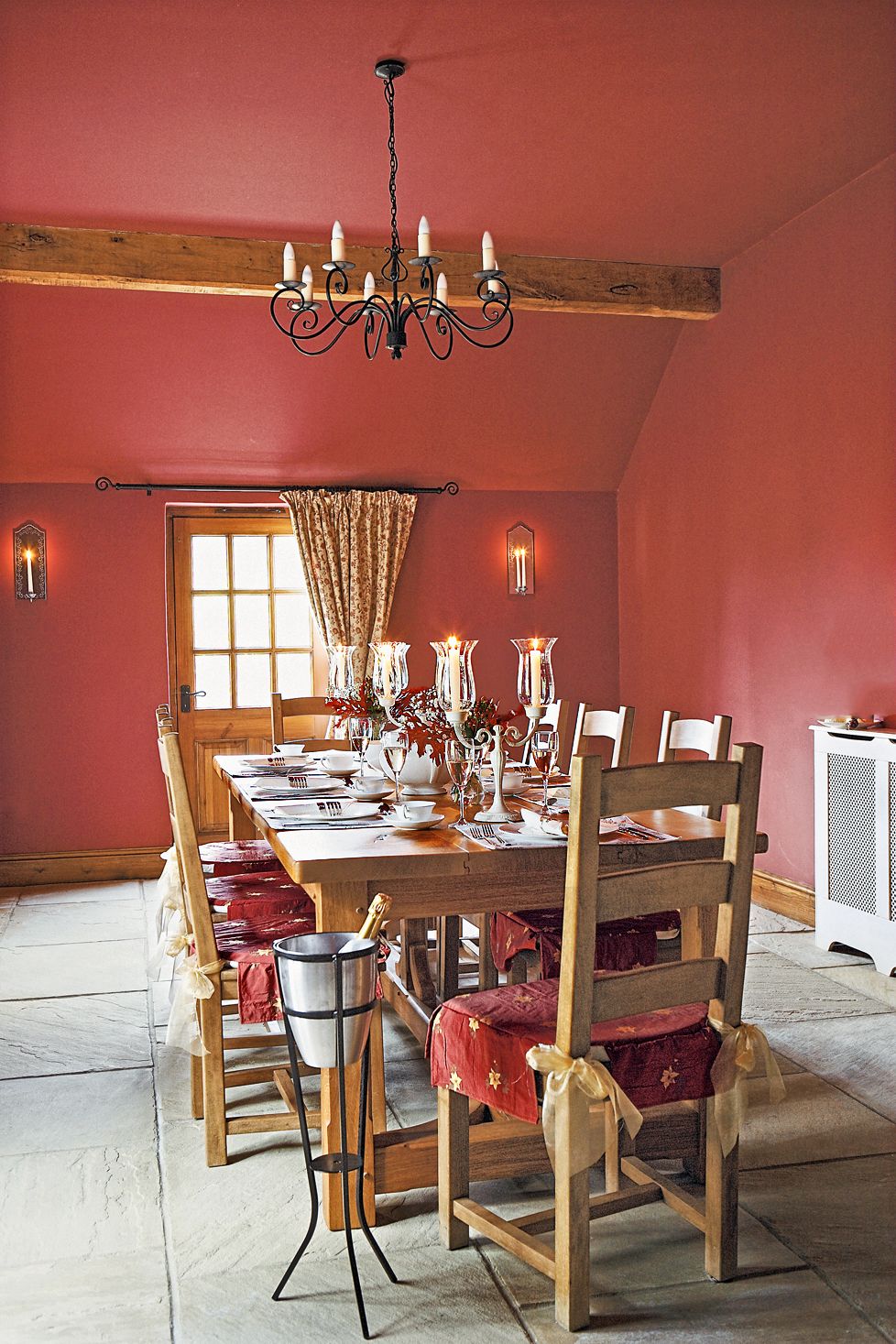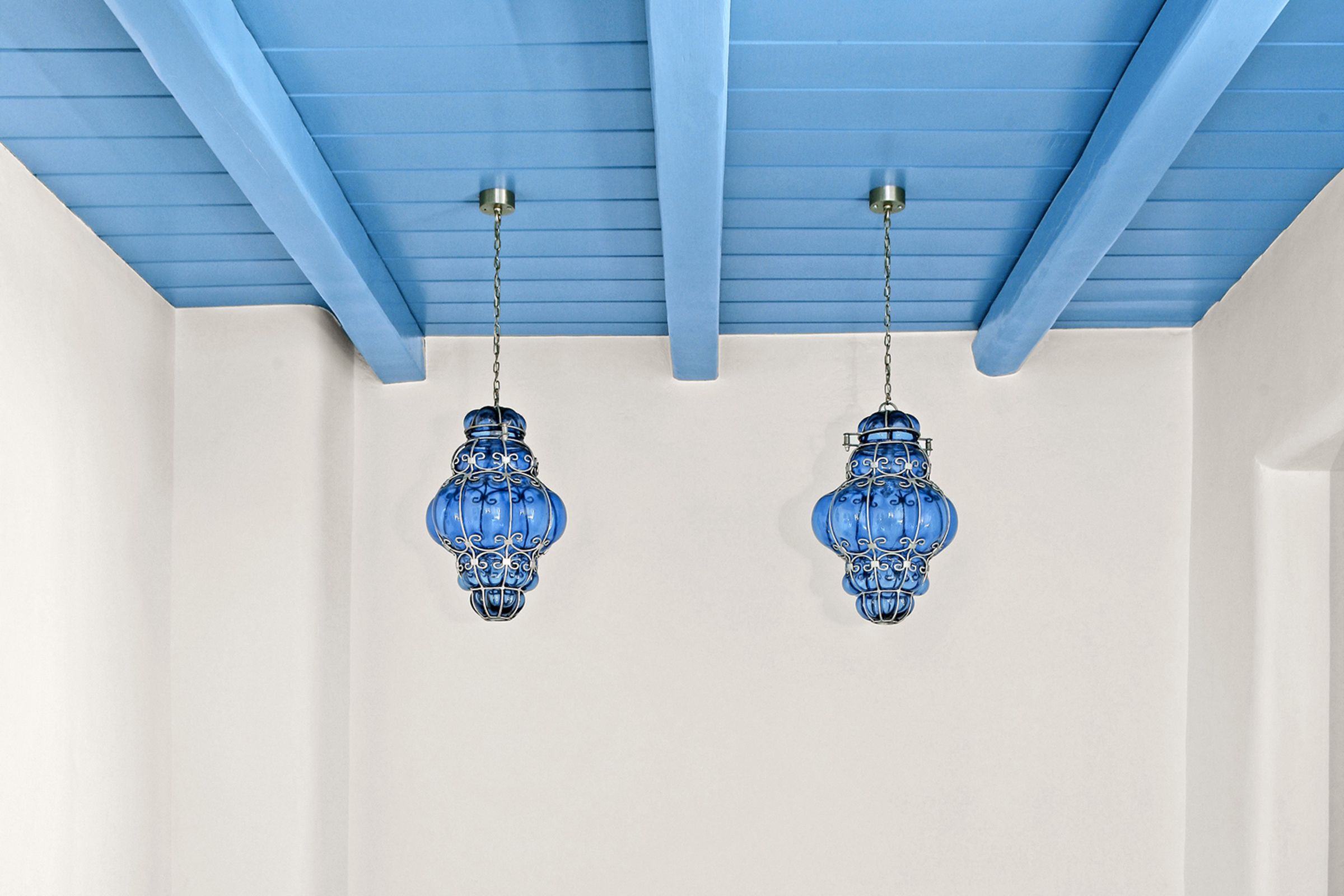Painting your ceiling with color can alter the perceived shape of a room, create a striking focal point, and infuse the space with personality. While white ceilings have long been the default choice, homeowners are discovering the dramatic impact colors can have. Whether you opt for a bold hue or a subtle shade, here are a few ways you can inject color into your ceiling and reinvent an entire room.
Adding Color to Your Ceiling
As Nan Kornfeld, an architectural color specialist in San Francisco, states, “In Victorian homes, ceilings often varied from room to room.” A thoughtfully chosen ceiling color can dramatically alter the feel of a space, make a room appear larger or cozier, add warmth or coolness, and complement or contrast with the walls and furnishings. The key is to select a shade that enhances the overall design scheme.
Create an Accent Ceiling With Paint
Erika Woelfel, VP of Color and Creative Services at Behr, notes, “A splash of color can make small rooms seem larger.” This approach works particularly well in rooms with high ceilings or in spaces that lack architectural interest.
Here are a few tips to successfully create an accent ceiling:
- Apply multiple coats for even coverage and rich color saturation.
- Choose a color that complements the existing wall color and decor.
- Consider the room’s natural and artificial lighting.
- Use high-quality paint designed for ceiling application.
Mix Colorful Ceilings With White Painted Trim

One of the quickest and most effective ways to give a room a sophisticated look is to unify the ceiling and walls with a single color, set off by crisp white trim. This creates a cohesive, enveloping feel that can make a space appear more finished and intentionally designed.
Dee Schlotter, former color expert at PPG Pittsburgh Paints, suggests, “If the color on the wall seems too saturated, then look at it on the paint strip and go up one or two colors to find a lighter one for the ceiling. It will still provide a more finished look than the usual flat white.” This approach works well in bedrooms, living rooms, and home offices, creating an uninterrupted visual flow.
Enliven Bland Neutrals With Colorful Ceilings

You can use a vibrant ceiling color to transform a room with neutral walls. This is particularly effective in small spaces, such as kitchens, where a pop of color overhead can inject energy and personality without overwhelming the room. In the example shown, Valspar’s vivid Sassy Green offsets the boxy effect of a small kitchen while adding a lively touch.
Follow these tips when using a vibrant color:
- Choose a color that complements the existing palette.
- Consider the room’s function and the mood you want to create.
- To soften the sharp edges of a soffit, paint it the same color as the ceiling.
- Use a semi-gloss or satin finish to reflect light and enhance the color’s vibrancy.
Create an Intimate Space With Dark Colored Ceilings
In rooms with exceptionally high ceilings, a darker ceiling color can help create a more grounded, intimate feel. Color expert Barbara Richardson recommends shades that create an enveloping atmosphere. This trick can transform large spaces, making them feel more intimate and tailored. Here are a few tips for the process:
- Balance the darker ceiling with lighter furnishings and decor.
- Choose a warm, deep shade that complements the wall color.
- Consider using a matte finish to minimize light reflection.
- Extend the ceiling color partially down the walls for a more dramatic effect.
Highlight Ceiling Elements

Architectural ceiling features, such as coffering, beadboard, planks, and exposed beams, naturally draw the eye upward. Enhancing these elements with color can create a stunning focal point in any room.
There are two main approaches to highlighting a special ceiling:
- Paint only the recessed or flat areas, creating contrast that showcases the treatment.
- Cover the entire ceiling in a uniform, eye-catching shade that commands attention.
In the photo above, Olympic’s Salem Blue creates a dynamic feel when paired with clean white walls and complementary orange accents. Pendant lights in a related shade enhance the effect, further drawing the eye upward and emphasizing the ceiling’s unique features.
Use Contrasting Molding With Painted Ceilings

For a soft, seamless look that enhances intimacy, consider painting both the ceiling and walls in the same color, without contrasting molding. This technique is particularly effective in dining rooms, where the ceiling naturally feels higher with everyone seated around the table. The unified color scheme can create a cocooning effect, perfect for relaxed, cozy settings.
Jackie Jordan, director of color marketing at Sherwin-Williams, notes, “We’re seeing more people continuing color up the walls and onto the ceiling. It doesn’t make the room seem small, only cozier.” Warm shades, such as Sherwin-Williams’s Rave Red (above) work especially well.
Choose a warm, inviting color that complements your decor, and use the same paint finish on both walls and ceiling for a truly seamless look. Consider adding texture through furnishings and accessories to prevent the space from feeling flat.

